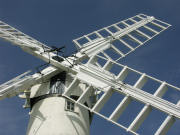 |
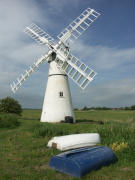 |
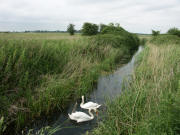 |
|
Thurne Wind Pump on the eastern bank of
the River Thurne was built in 1820; the striking white painted brick tower
is one of the most photographed places in the Norfolk Broads. The
Broads, linked by a network of rivers are a human creation, caused by the
digging out of peat, (used for fuel) from the 12th to the 14th century,
these areas gradually flooded with water to create the shallow lakes. |
|
|
|
|
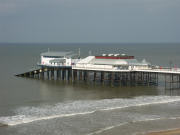 |
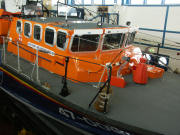 |
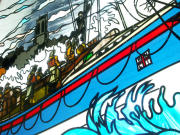 |
|
Cromer Pier dating from 1901 and its Lifeboat
Station are shown above. The current Lifeboat Station at the end of the pier
was built in 1998 and includes information about the history of the RNLI in
Cromer, detailing some of the life saving missions carried out as well as a
viewing gallery looking over the boathouse. |
|
|
|
|
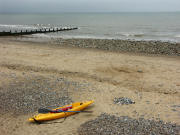 |
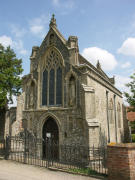 |
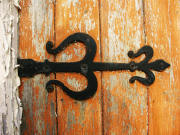 |
|
Walsingham, (centre photo) known as England's
Nazareth is situated close to the North Norfolk coast and has been a place
of pilgrimage since medieval times with both Anglican and Roman Catholic
Shrines. |
|
|
|
|
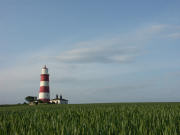 |
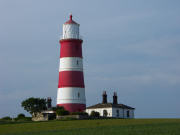 |
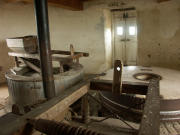 |
|
Happisburgh Lighthouse, another popular place
for photography is one of many buildings under threat from coastal erosion
at Happisburgh. There is a campaign to save the village from this threat
through improved sea defences but arguments rage about whether sea defences
are simply a case of moving the problem of coastal erosion to other places
along the coast. Many argue that the problems at Happisburgh are as a result
of attempts at sea defences further down the coast for example at
Sea Palling, others worry that leaving the coast to nature could result in
serious consequences in the future and there is concern that flooding, like
that of 1953 could be repeated. |
|
|

